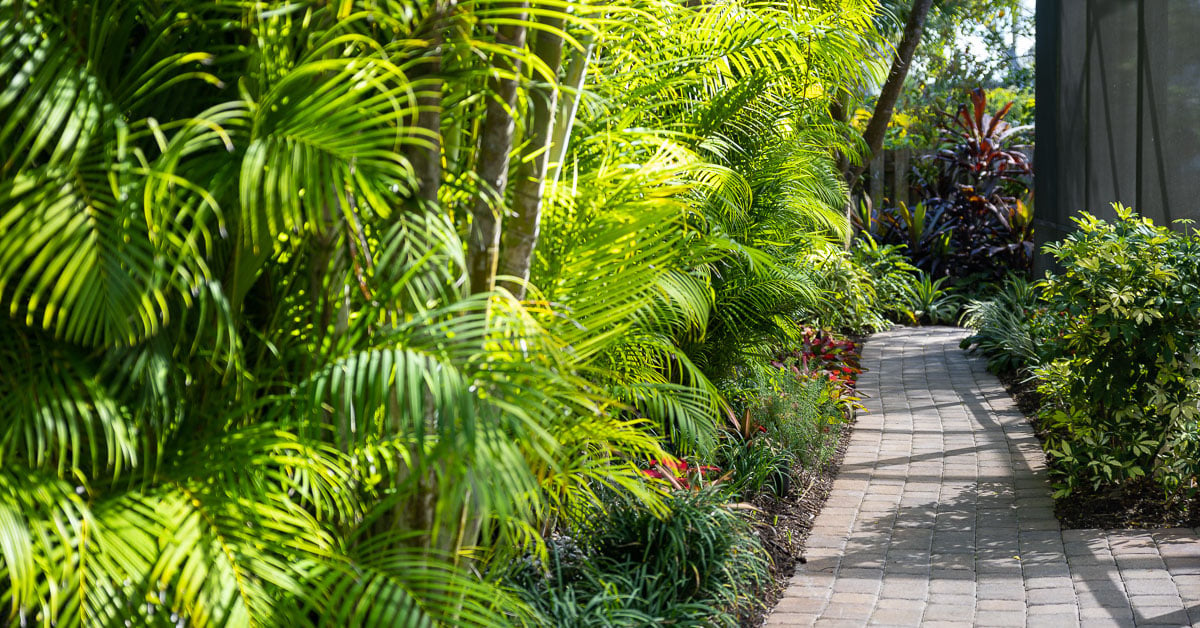
How to Keep Your Tropical Plants Safe Year Round
Giant roll of plastic wrap? Check.
Hand-knitted leaf-shaped mittens? Check.
Twelve space heaters with extra long extension cords? Check.
It’s easy to freak out about protecting your precious tropical plants during a winter cold snap.
They’re the stars of your landscaping with their stunning colorful foliage and vacation vibe presence.
Sure, this is Florida, but the temperature can suddenly take a scary dive in winter months, and tropical plants are super unhappy when it dips below about 40 degrees, or even 50 if you’re lucky enough to be a stunning Lipstick Palm.
How to protect plants from frost in Florida?
Put down that roll of plastic wrap and let’s take a look.
First, Don’t Panic
The good news is, most of our plant material will do just fine in a sudden cold snap.
But if you moved here from a northern state, where plants turn black and need a eulogy when hit by hard frost, you might freak out if you see your precious palm fronds turn brown or — gasp — your fantastic foliaged crotons suddenly give a big shiver and drop all their leaves. (It’s scary. More on this in a bit.)
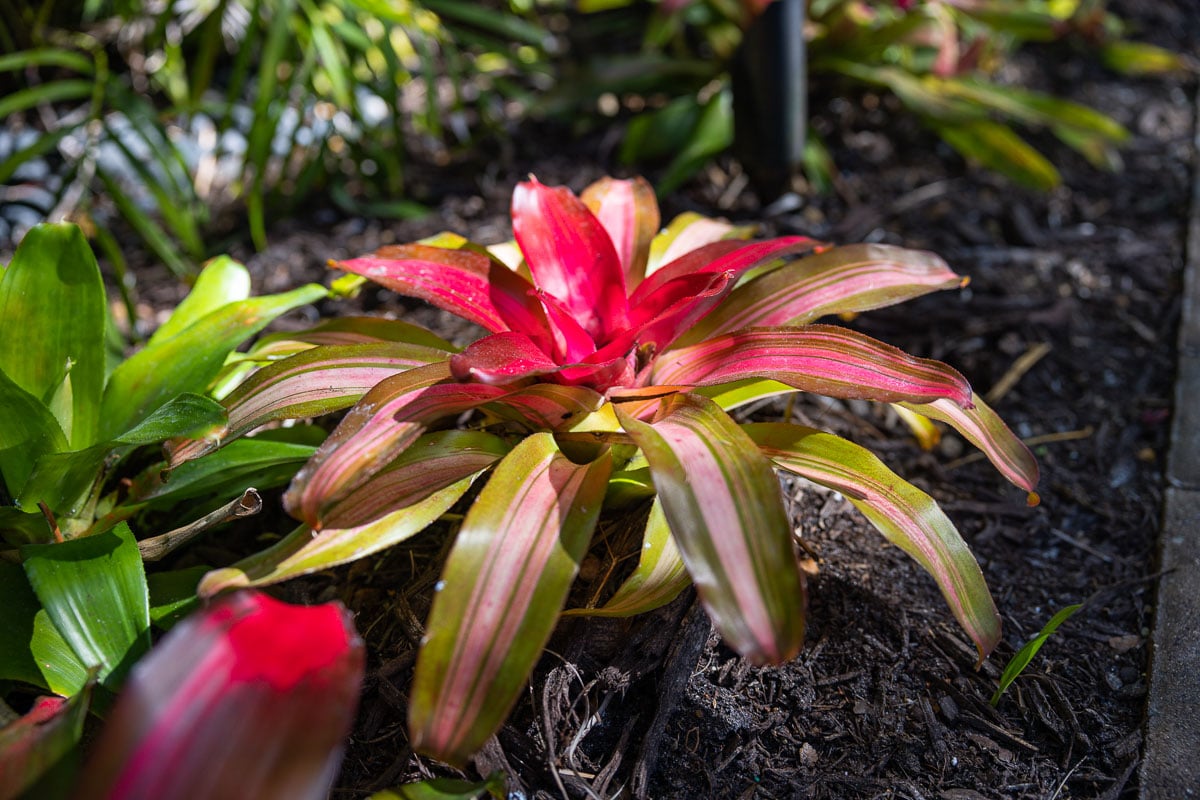
Why Plants Hate a Sudden Freeze
Plants adjust to temperature changes gradually, over time. A sudden freeze after a period of warm weather often does more damage to plants than a freeze during a period of cold weather.
It’s startling. They hate it. Kind of like you flying to Michigan in December and strolling out of the toasty airport terminal into a frigid blast. If you had leaves, you’d drop them, too.
How to care for tropical plants in winter?
Don’t Prune Too Close to Winter
This really matters.
If you prune your tropical plants in late summer or early fall, they’re more susceptible to the cold. Pruning causes a spurt of tender new growth that’s more susceptible to cold injury.
If you have an ixora hedge (lucky you) that’s 4 feet tall and you want to prune it down to 2 feet, do it well before winter.
Bougainvillea? That’s another beauty. But it has to be pruned no later than the end of September. Then, don’t go near it with pruners again until April.
Hibiscus can only be pruned in early fall or spring.
Crape Myrtle? No pruning until March. And please, no “crape murder” — it really is a crime. Too many gorgeous crape Myrtle trees are viciously hacked down by several feet in the name of pruning, turning beautiful trunks into thick, ugly stubs. Don’t. Do. It.
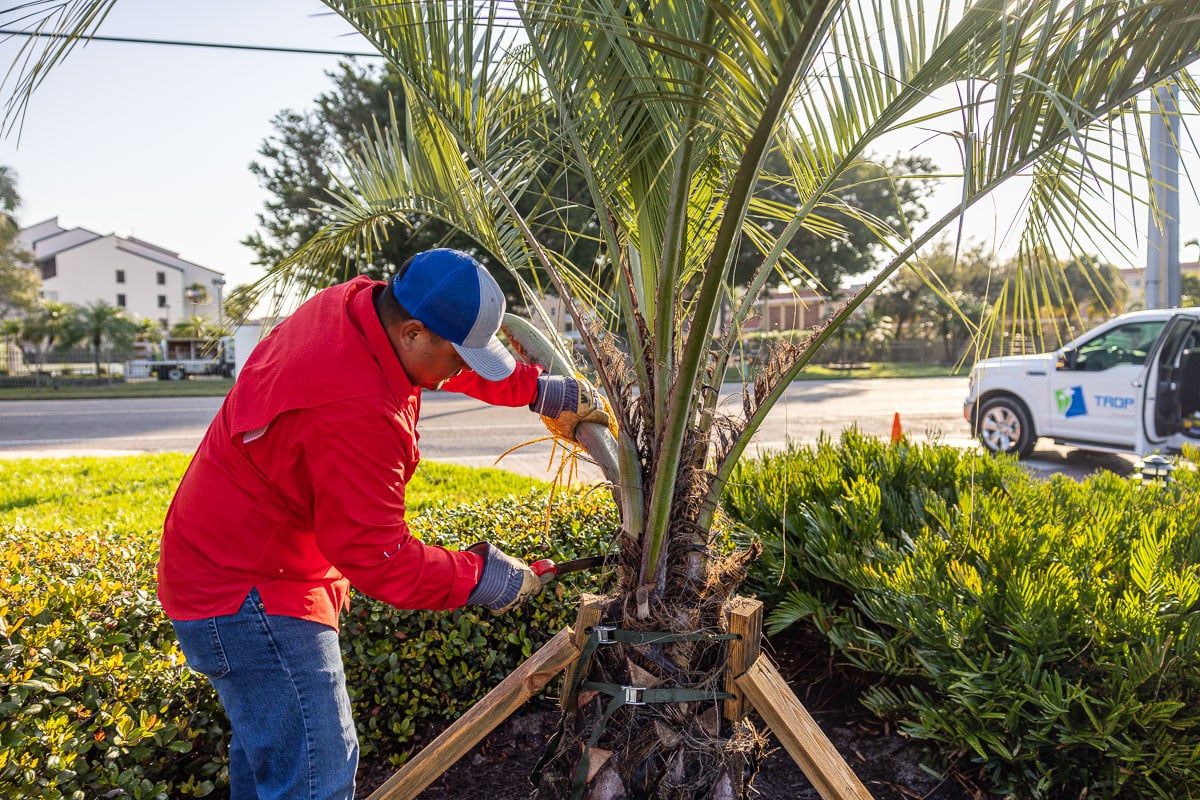
How to Protect Plants from Frost in Florida? Cover ‘Em Up
This is a no brainer, right? Just like you reach for a cozy blanket when the temperature dips, your annual plants appreciate a cozy cover, too.
Protect those tender petunias and begonias if we’re expecting a hard freeze.
Yikes, Brown Palm Fronds!
Everybody knows palm fronds should be a beautiful leafy green. So when cold weather strikes and they suddenly turn brown, it’s alarming.
Here’s a weird thing: Christmas palms, despite their name, don’t like cold. A cold snap can definitely cause their fronds to turn brown.
Note to whoever named this palm: What the heck? Why not call it Easter palm? Or July 4th palm? Or any other holiday except the coldest one palm?
If your palm fronds turn brown after a cold snap, be patient. Don’t rush out with pruners to remove them right away.
Take a close look. If a portion of a frond is still green, leave it on the plant as long as possible.
That green part will help with the photosynthesis needed for new growth.
Palms usually start their growing season after other shrubs and trees begin their spring growth flushes. Wait for the affected palm to produce new growth, and definitely don’t remove the brown fronds if there’s still a chance of another freeze.

Copper to the Rescue
When a palm suffers from cold damage it’s susceptible to bacteria or fungal infections. Treating it with a copper fungicide can help prevent that.
Don’t Give Up on Those Shivering Crotons
Yes, crotons can drop all their magnificent leaves if they get too cold. It’s scary. And sad. And makes you want to run outside with a glue gun or duct tape to frantically try to paste them back on.
Don’t worry — they’ll grow back. But you have to be patient.
Remember, winter isn’t our growing season. By March you should see signs they’re bouncing back. Those fantastic yellow, orange and red leaves will be back by April.
Hello, Heliconia?
Heliconia, that rainforest beauty with the stunning red bracts, really hates the cold. Even more than your neighbor who wears two turtlenecks and a parka when it dips below 70.
How to care for tropical plants in winter? Do your heliconia a favor and cut it back to the ground before a winter cold snap.
It’ll come back, all happy again, in the spring.
How Watering Can Help Protect Plants from Frost in Florida
Here’s a cool sciencey fact: Watering landscape plants before a freeze can help protect them.
How? Wet soil will absorb more heat during the day and radiate it during the night. The key is watering early in the day before the expected cold snap, so that wet soil has a chance to soak up heat from the day.
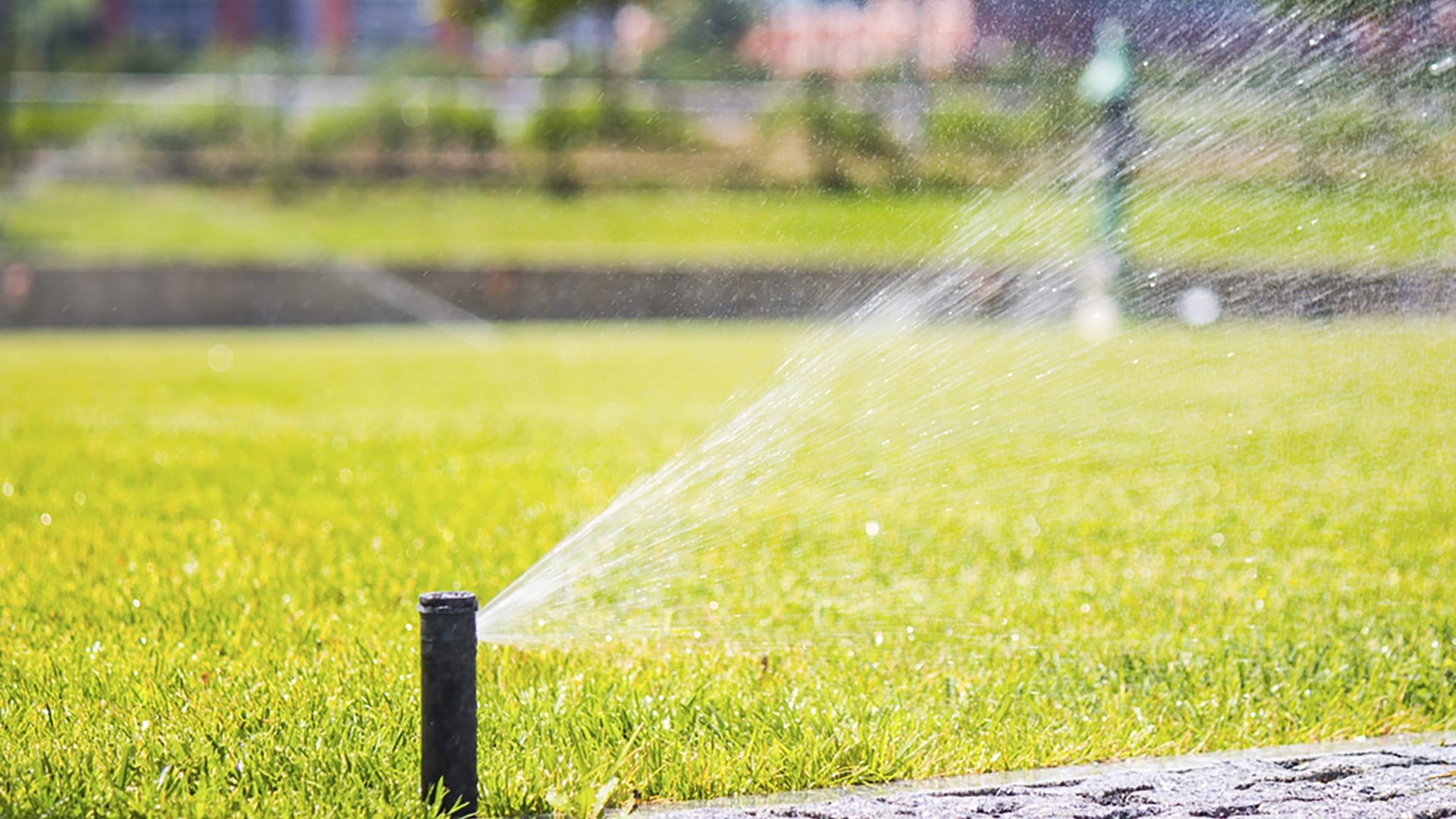
No Midnight Snacks, Please
How to care for tropical plants in winter? Take good care of them year round. Healthy, well-nourished plants will tolerate cold temperatures better and recover from injury faster. So don’t neglect fertilizing.
Timing is important, though — if you fertilize too late in the fall, the feeding can cause a late flush of tender new growth that’s more susceptible to cold injury.
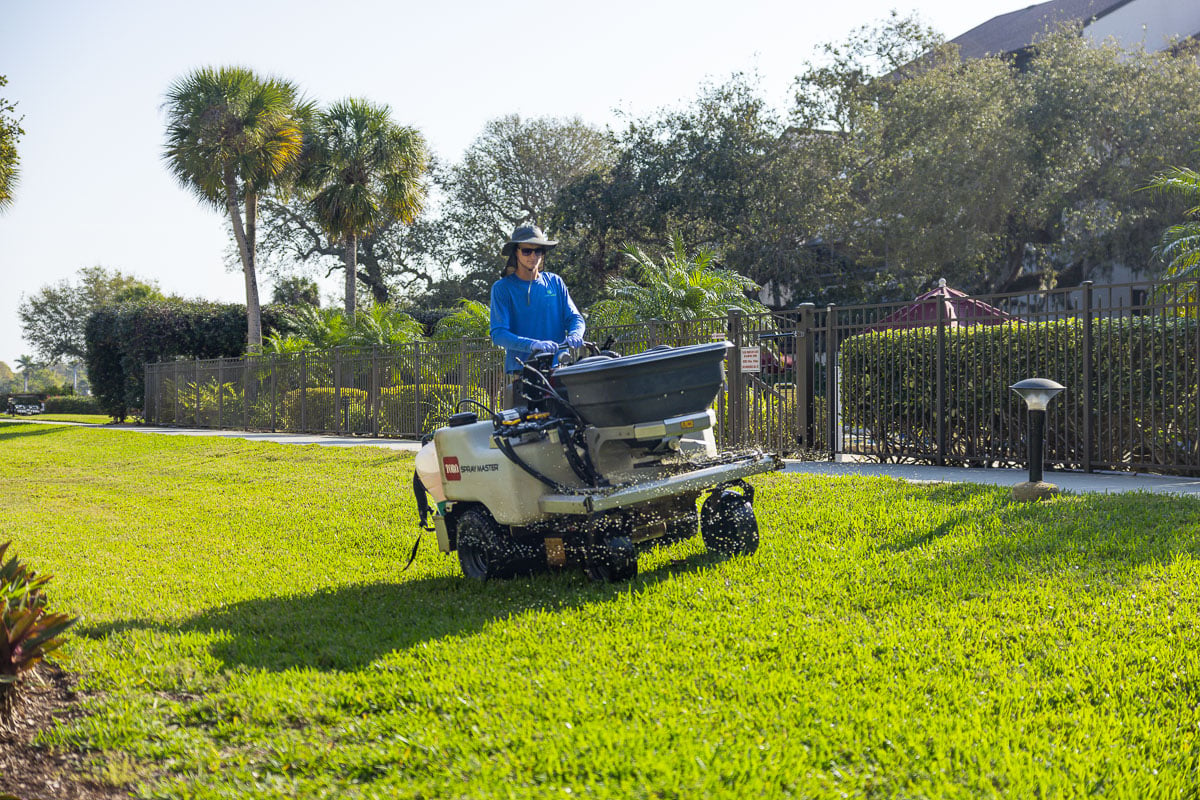
A Plug for Plant Health Care
Keep your tropical plants as healthy as possible. Plants weakened by disease or hungry bugs are less likely to survive a cold snap.
Invest in comprehensive Sarasota plant health care services, and Tropical Gardens plant experts will keep your hungry plants fertilized and monitor and treat them for any diseases or insect infestations.
Whether or not to use those leaf-shaped mittens is up to you.
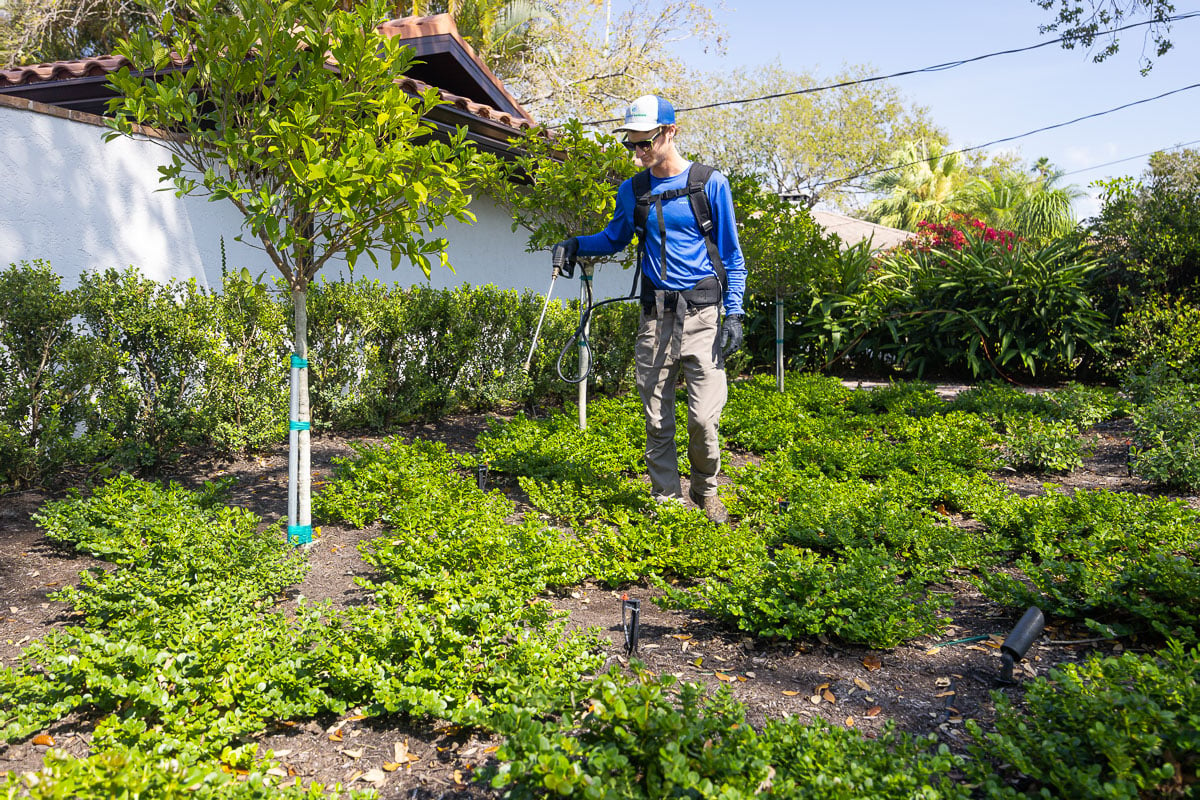
Want to Keep Your Tropical Plants Healthy All Year? Talk to Us
It’s tough to think of your precious tropical plants out there shivering in the unexpected cold.
Chances are, they’ll be fine. But you can do your part by making sure they’re healthy enough to survive the trauma.
That means proper pruning, regular fertilizing, and keeping a vigilant eye out for pests and diseases.
If that sounds like a lot of work, you’re right. But we love this stuff.
Give us a call or fill out our form today! Our team of Sarasota plant experts can’t wait to care for your landscape plants, keeping them happy, healthy and beautiful year round.


